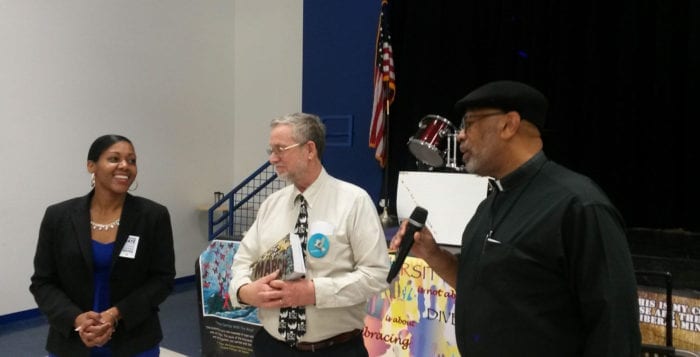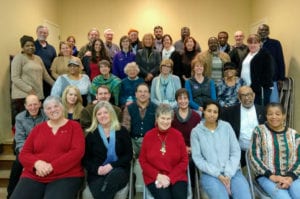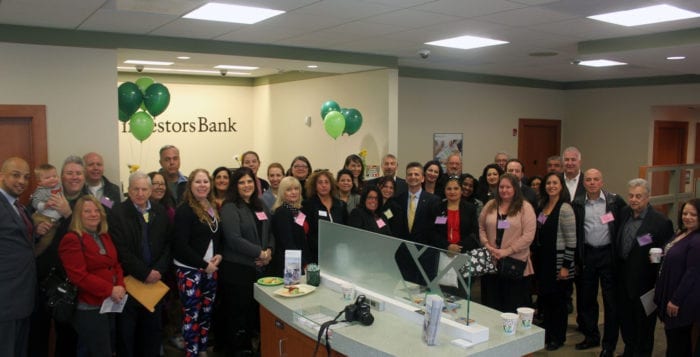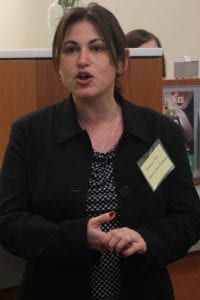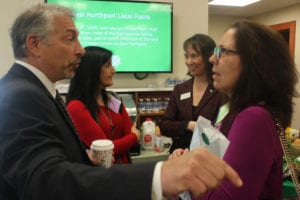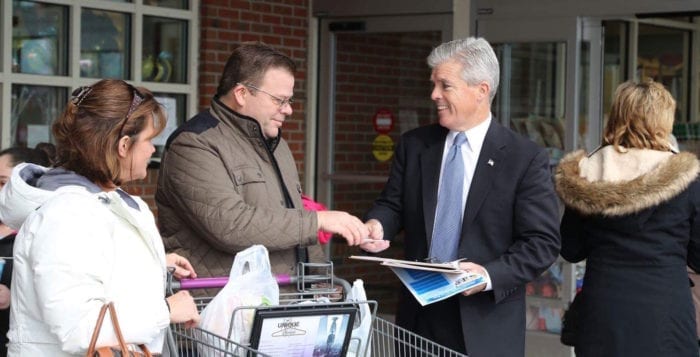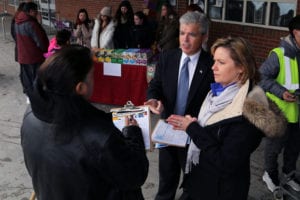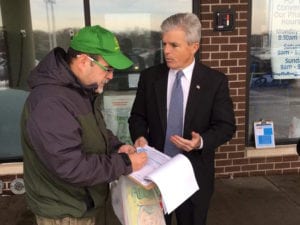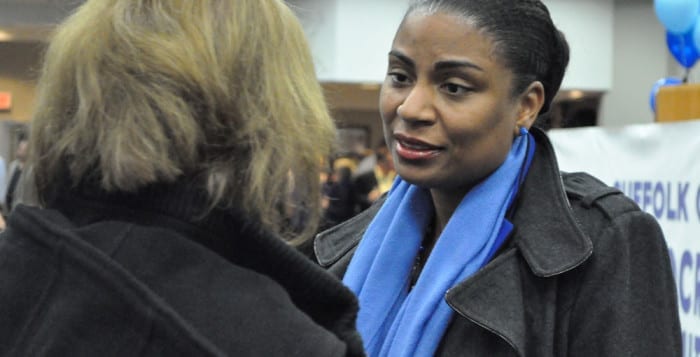By Kyle Barr
A shadow hangs above the heads of Long Island’s school districts: The specter of declining enrollment.
“From last year, not a whole lot has changed, enrollment is still declining,” Barbara Graziano, the manager of the Office of School Planning and Research for Western Suffolk BOCES said. “What a lot of districts are seeing is there is a significant displacement between their graduating classes being larger than the following year’s kindergarten classes.”
School enrollment across Suffolk County has been in decline for nearly a decade. In last year’s annual report on enrollment, Western Suffolk BOCES, a regional educational service agency, said there was a 9.1 percent overall decline in enrollment in townships from Huntington to Smithtown from 2010 to 2016.

Between the 2006-07 and 2016-17 school years, Long Island saw a 6.2 percent decline in enrollment, according to Robert Lowry, the deputy director for advocacy, research and communications at the New York State Council of School Superintendents.
Statewide enrollment declined 4.2 percent in the same period. Nearly every school district on Suffolk County’s North Shore has seen at least some decline, and the trend can have tangible effects on a district’s long- and short-term planning.
“Declining enrollment may push a district toward reconsidering staffing and whether it’s necessary to close a school,” Lowry said.
Smithtown Central School District in the 2012-13 school year had 10,317 students enrolled in the district, and four years later the number dropped more than a thousand to 9,241 in 2016-17. The declining enrollment was cited in 2012, with guidance from the district’s Citizens’ Advisory Committee on Instruction and Housing, as the rationale behind the closing of Nesconset Elementary School, and again in 2017 when the district closed Brook Branch Elementary School.
“Over the last few years, the board of education and administration have been proactive regarding the district’s declining enrollment,” Smithtown Superintendent James Grossane said in an email. “The district
will continue to monitor its enrollment trends to plan for the future.”
“Over the last few years, the board of education and administration have been proactive regarding the district’s declining enrollment.”
— James Grossane
Experts cite factors like declining birthrate, aging population and changes in local immigration patterns as potentially having an impact on local enrollment. The Centers for Disease Control and Prevention published a report in May indicating the national birthrate in 2017 hit a 30-year low with 60.2 births per 1,000 women between the ages of 15 and 44. The national birthrate has been in general decline since the 1960s, but this most recent report is low even compared to 10 years ago when the birthrate was closer to 70 births per 1,000 women. Suffolk County’s population is also skewing older. Census data from the American Community Survey showed from 2010 to 2016 there was an estimated 28,288 less school-aged children between the ages of 5 and 19 living in the county. School closings are probably the most severe action districts tend to take to mitigate the effect of declining enrollment, but it is not the only option.
The Three Village Central School District has seen enrollment drop by about 900 students during the last decade. In its recently passed budget the district said it was making several staffing changes, including consolidating the roles of certain staff members. The district cited declining enrollment along with staff retirements and attrition for the changes, but also promised to add a new high school guidance counselor and an additional district psychologist to give attention to individual student’s mental health.
“While our district, like so many others in our area, have recently been experiencing a decline in enrollment, particularly at the elementary level, we have taken this opportunity to create efficiencies using current staff in order to lower class size and support a number of new initiatives, programmatic enhancements and student support services,” Cheryl Pedisich, the superintendent for Three Village schools said in an email.
“Declining enrollment affects school districts in several ways — perhaps most importantly through the impact on state aid.”
— Al Marlin
Kings Park Superintendent Timothy Eagen said lower enrollment allows for smaller class sizes and for more attention to the mental health of individual students.
“Our students today need a little bit more mental health support than students yesterday,” Eagen said. “Obviously we don’t need as many elementary sections, but we haven’t necessarily decreased our total staffing amount because we’ve been increasing our mental health supports.”
Even with those potential benefits, many districts are still trying to work out the long-term implications of lower enrollment. Al Marlin, a spokesperson for the New York State School Boards Association said enrollment has a large effect on how much state aid a school can procure.
“Declining enrollment affects school districts in several ways — perhaps most importantly through the impact on state aid because New York’s school-aid distribution formula is based, in part, on enrollment numbers,” Marlin said in an email. “Declining enrollment also can make it more difficult for districts to sustain academic courses, including Advanced Placement courses and programs such as sports teams.”
Shoreham-Wading River school district conducted an enrollment study in 2015 that was updated for the 2017-18 school year. The study predicted the district will recede to 1,650 enrolled students by 2025, compared to 2,170 as of May. Along with a declining birthrate and an aging population, the district pointed to low housing turnover from 2008 to 2016 for part of the declining enrollment.

“It is difficult to predict the exact number, but it is fair to say that the enrollment decline in the district will be continuing in the near future,” SWR superintendent Gerard Poole said in an email.
Superintendents from SWR and Rocky Point school district both said they do not have any plans to close schools, but there is a possibility lower enrollment could affect the districts’ ability to apply for grants.
A few districts are breaking the trend. Huntington Union Free School District has actually seen an increase in school enrollment from 2012 to 2017, but Superintendent James Polansky said in the most recent years that increase has started to level off. Polansky did not want to speculate as to why enrollment in Huntington was not decreasing like other districts, but Graziano said it might be because the district is more diverse and attracts more immigration than nearby districts.
“Every district is different, they have to look at their own schools and communities to see how they deal with enrollment,” Polansky said.
Every year Western Suffolk BOCES releases a report that looks at schools’ current enrollment and compares it to previous years. Graziano, who is working on this year’s report, most likely to be released sometime this month, said the agency expects a continuing decline in school enrollment at least for the next several years. Though eventually, she said, the declining enrollment should level off as entering kindergarten class sizes stabilize. However, there is no telling when that might be.
“Birthrates do not seem to be increasing, it doesn’t look like, as of right now, that’s going to turn around any time soon,” Graziano said. “But of course, we don’t have a crystal ball.”


